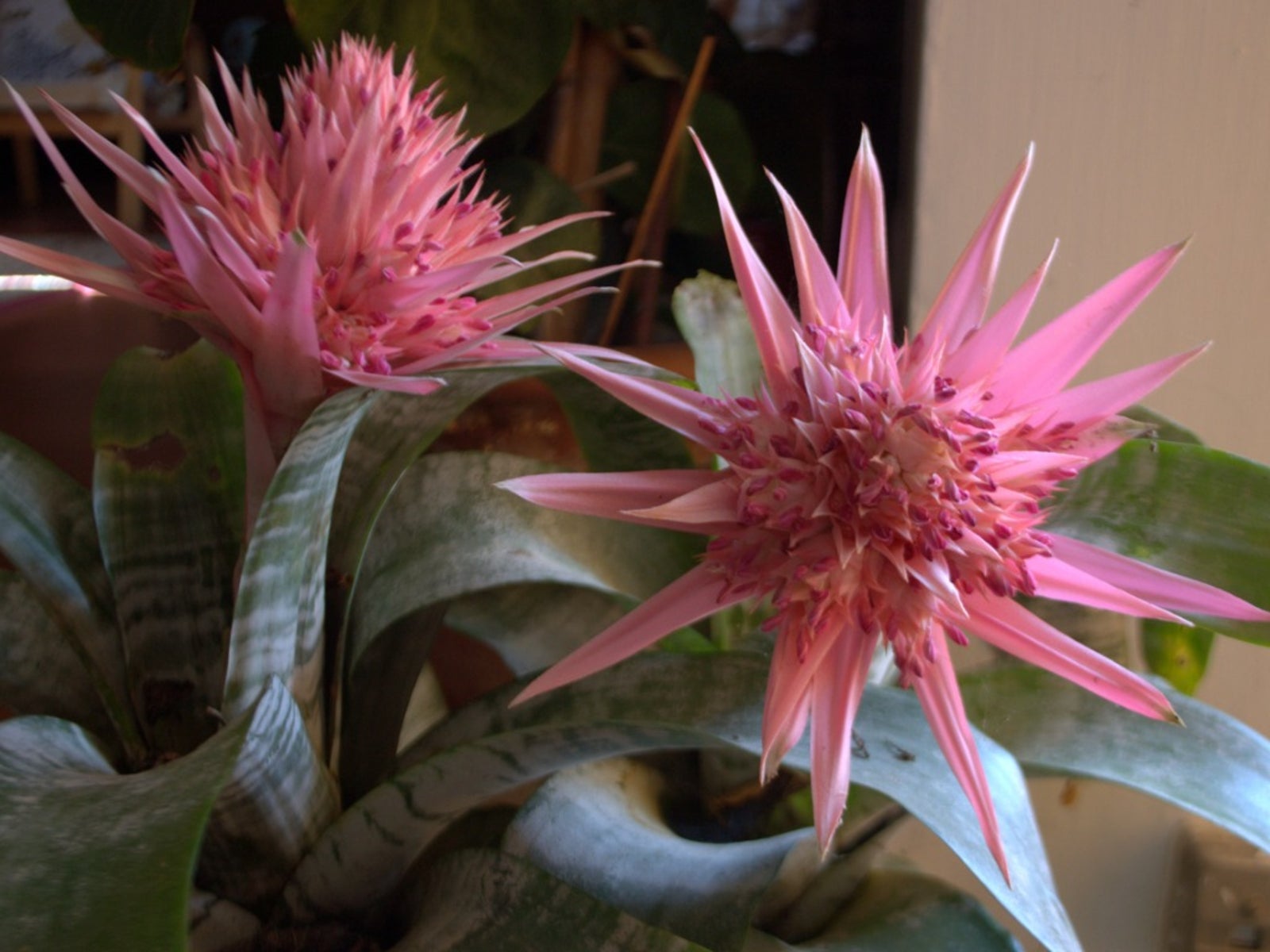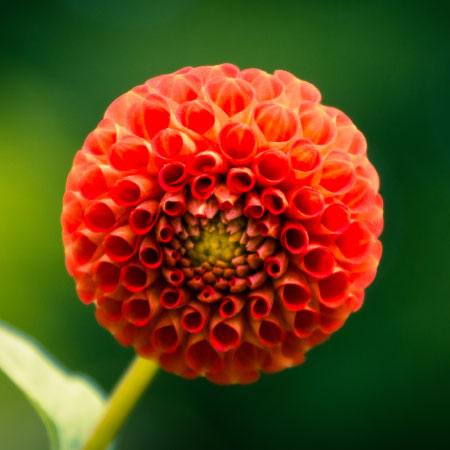Urn Plant Care: How To Grow Urn Plant Houseplants


Aechmea fasciata, the urn plant bromeliad, comes to us from the South American rainforests. It is an epiphyte, commonly called an air plant, and in the wild it grows on other plants where it receives moisture from heavy rains and nutrients from decaying debris around its roots. This is important to urn plant care in your home as you will try to mimic its natural conditions.
Tips for Urn Plant Care
In the rainforests, rainwater gathers in the stiff rosette of leaves that form the urn. Plant care in the home consists of keeping the center filled with water at all times. For a healthy plant, the water should be emptied and refilled once a week to prevent stagnation. Watch out for dry brown edges of the leaves. It's a sign of dehydration in your urn plant. Care should also be taken with the soil. Keep it moist, but don't overwater. Soggy soil will cause rot at the base of your urn plant bromeliad. You can fertilize your urn plant bromeliad by misting with a weak foliar spray or by adding a half strength solution to the water at its center once a month. If you live in a hardiness zone of 10b or 11, you can grow urn plants outside as long as you keep them well watered. They aren't fussy about soil when grown outdoors, but caring for an urn plant indoor is a bit different. Once again, look at how they grow in the wild. Silt, decaying debris and bits of leaf and bark cling to and build up around the roots of the epiphyte. In your chosen pot at home, you should try to duplicate this soft, well aerated soil. Orchid potting mix is ideal for this or, if you prefer to mix your own, mix peat moss, perlite, and finely shredded pine bark in equal parts. You need a soil that remains light and well aerated so the roots can easily spread. Urn plants prefer bright light, but not direct sun and can suffer scorched leaves if moved too quickly from indoors to out during the summer months. They do best in temperatures between 65 and 75 degrees F. (12-24 C.), although they can tolerate higher with regular misting.
How to Get an Urn Plant to Bloom
Almost everyone who tries to grow urn plants wants them to bloom. Those colorful, long lasting bracts rising from the center of the plant are the ultimate reward in caring for an urn plant. A plant must be at least three years old before it produces a flower stem. One of the most common complaints of gardeners is the failure of bracts to grow. Urn plants need good light and plenty of it for bract production. If light isn't the problem, then it may be a lack of ethylene gas. To encourage blooming, try placing a quartered apple on top of the soil and using a plastic bag to cover both pot and urn plant. Bromeliad plants bloom only once before they die, but don't despair. They leave several lovely gifts behind. Once the bract turns brown, continue caring for your urn plant as before even as the leaves turn brown and die. Beneath the dying leaves you'll find two or more "pups"--baby urn plants. Allow these pups to grow in place until they are 6 inches (15 cm.) tall which usually takes five or six months, and then transfer them to pots of their own.
Sign up for the Gardening Know How newsletter today and receive a free copy of our e-book "How to Grow Delicious Tomatoes".

Jackie Rhoades began writing for Gardening Know How in 2010.